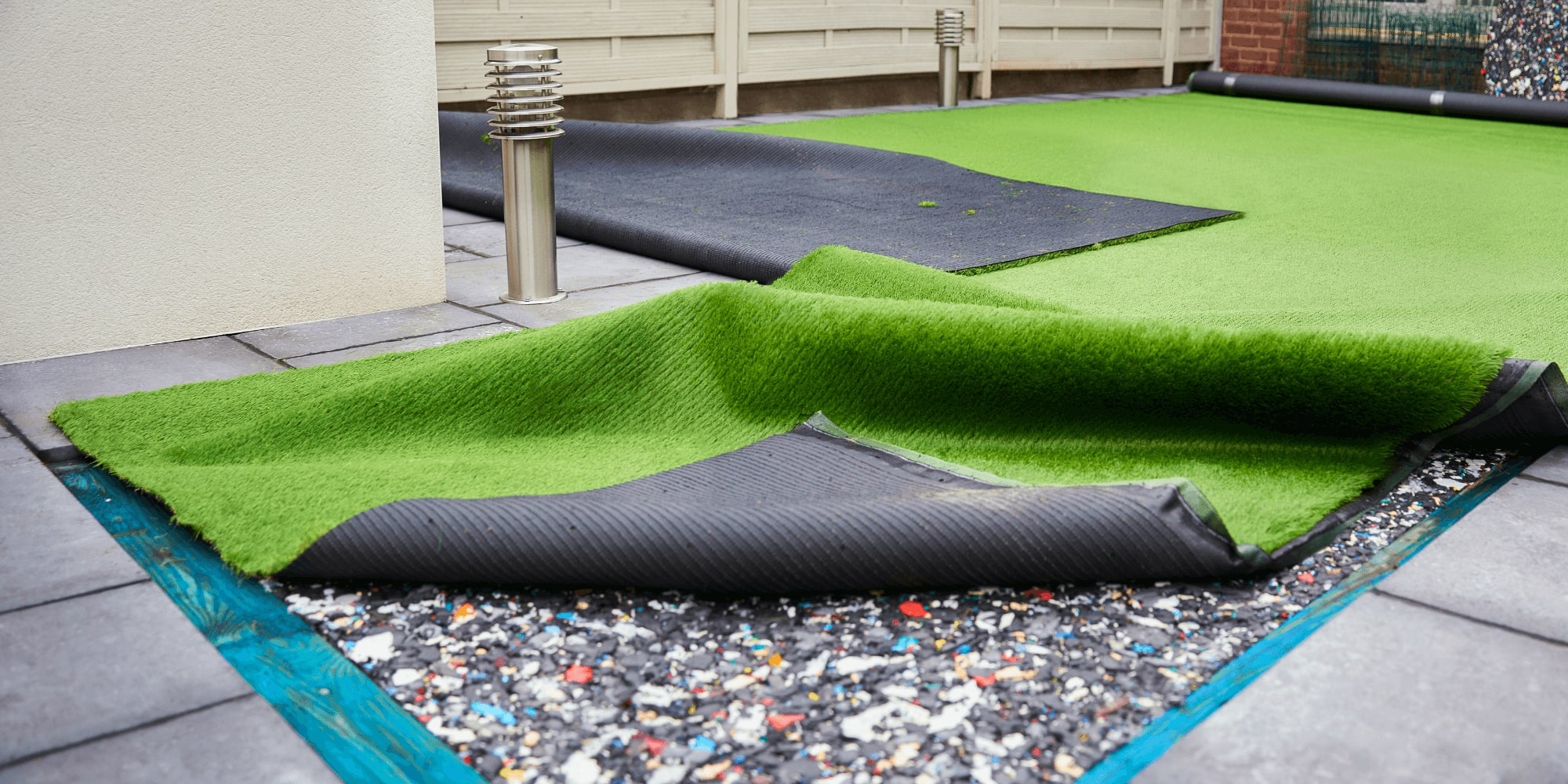Artificial Grass is the Best Option for Creating Magical Spaces on Any Surface. If you want to install artificial grass in your garden, you should consult this guide: We unveil each part of the artificial grass installation process to ensure excellent results. When it comes to laying the grass, our technicians will provide free advice whenever you need it. We address your concerns with personalized solutions. The first step in installing artificial grass on the ground or surface is preparing the area. For this, all weeds must be removed with a hoe or any other method using a hoe. Next, we will spray the entire area with herbicide to prevent these plants from settling once the grass is installed.
When installing artificial grass, the surface should be covered with the necessary sand or gravel to level it. A flat, level surface must be created to ensure that the finished surface is optimal and there are no gaps beneath the artificial grass. At the same time, it better supports the grass by making the fibers stand up. Finally, silica sand helps prevent the grass from overheating in the summer, keeping it cool for longer.
The Role of Silica Sand in Artificial Grass Installation
Silica sand is the most common infill used by professionals when buying and installing artificial grass. It is not necessary to use it, but it is recommended because it provides rigidity and stability to the fibers that make up the artificial grass, making it last longer and stay in perfect condition. Silica sand is a mixture of silicon and oxygen atoms that exists as small particles.
It has various uses, both for decorative and landscaping installations and for large sports installations. If you plan to install artificial grass on a surface that receives direct sunlight or during hot days, don’t worry. You can pour water over the artificial grass and silica sand to keep the grass cool for longer, allowing you to enjoy your garden all year round.
It is also common to use silica sand to help keep the grass fibers upright and standing during the installation of artificial grass. This material protects and increases the rigidity of the fibers, making them more resistant to foot traffic. In other words, you can use it as many times as you want, and the sand will help the fibers recover and stay in place.
